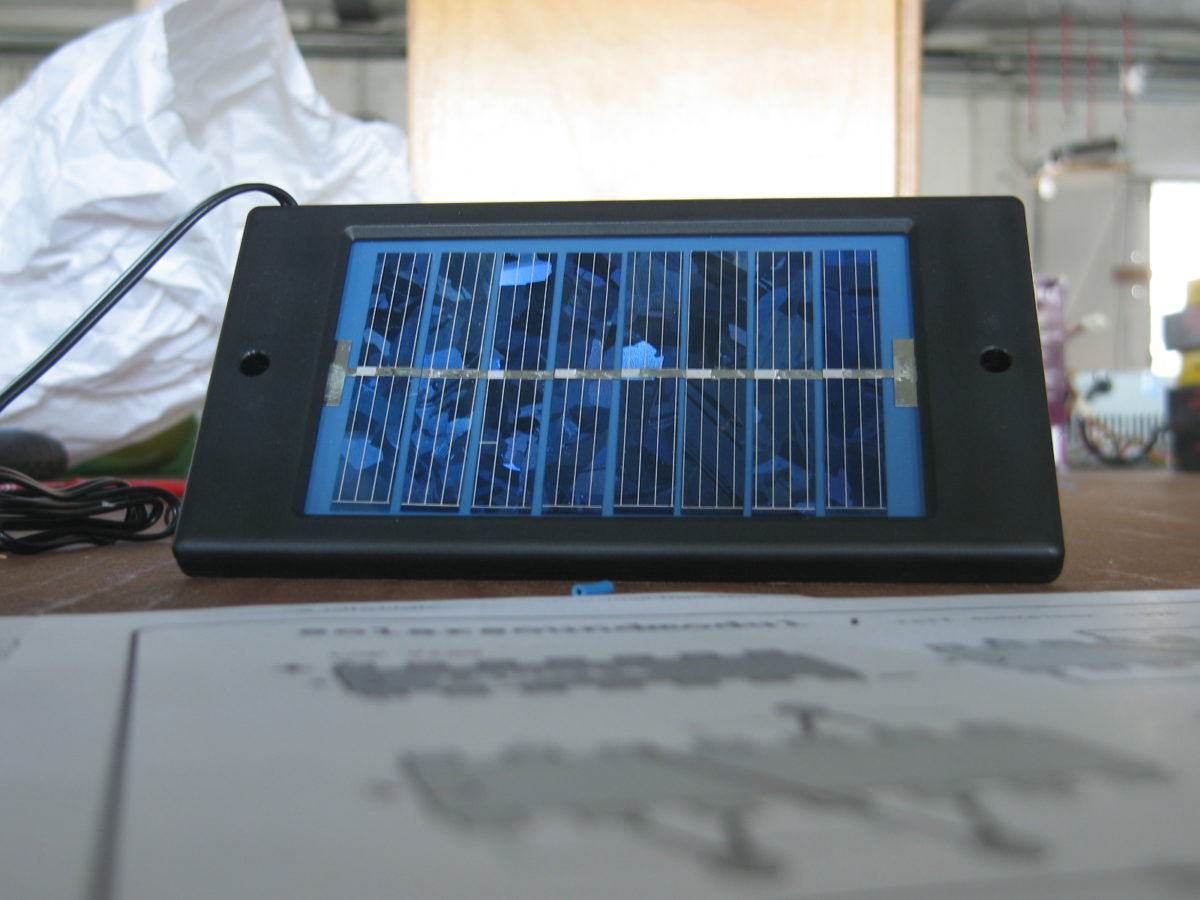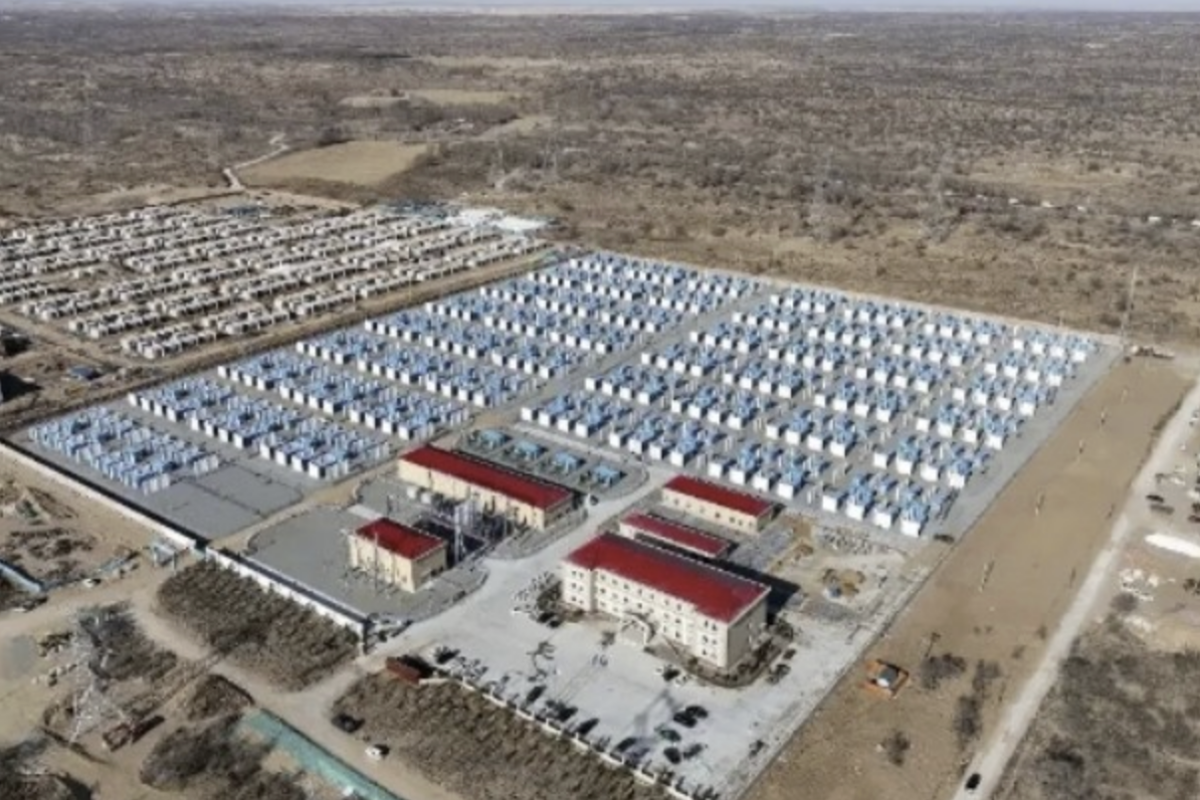Scientists from China’s Nanchang University and the Jiangxi Normal University have developed an organic solar cell with a 14.2% conversion efficiency and a fill factor of 69.8%.
To produce what the researchers defined as a “pseudo-planar heterojunction-ternary cell” the developers used a sequential solution treatment technique in which the donor and acceptor mixture blends were sequentially spin-coated.
This technique is said to dissolve the donor and acceptor layers separately using a non-orthogonal solvent. “The donor layer is first spin-coated on the bottom layer, and then the mixture of two acceptors is applied to the upper layer,” the researchers explained.
Through non-orthogonal solvents, which are known to swell a semiconductor layer and increase its surface roughness, the donor and the acceptor became partially soluble, which is the factor facilitating the exciton separation and charge transportation.
“Because the donor and acceptor layers were spin-coated separately, the donor is closer to the anode and the acceptors are closer to the cathode,” the scientists stated.
According to the group, the claimed efficiency is 0.4% higher than that of traditional ternary organic cells. They also found the thermal stability of the active layer was considerably improved through this new technique.
The cell is described in the paper High‐Performance Pseudoplanar Heterojunction Ternary Organic Solar Cells with Nonfullerene Alloyed Acceptor, published in Advanced Functional Materials.
This content is protected by copyright and may not be reused. If you want to cooperate with us and would like to reuse some of our content, please contact: editors@pv-magazine.com.




The device shown in the picture looks much like being compoed of standard multicrystalline silicon solar cell fragments, not organics.
Hi Jan-Martin, Someone far more knwoledgable than me about these things has reassured me it is not possible to tell whether the device pictured is made from crystalline or organic cells. If you know differently, of course, I will be happy to bow to your knowledge on this one.